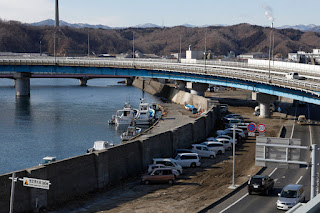A strong earthquake struck coastal Chile near the port city of
Valparaiso late Monday, causing mudslides and some minor damage, the
U.S. Geological Survey reported.
The 6.7-magnitude quake knocked out some power and phone lines in the region, authorities said.
The temblor was felt in
the capital city, Santiago, located 69 miles from the epicenter. A CNN
en Español anchor held onto his desk as the quake rattled the studio
during a newscast in Huechurba, a suburb of the capital.
"We could feel the ground
shaking," said journalist Richard Madan. "It felt like we were standing
on a subway track but multiply that by about 200."
Madan, of CNN's Canadian
affiliate CTV, is in Santiago as part of the traveling press for
Canadian Prime Minister Stephen Harper's visit there.
Both he and the Canadian delegation were okay, Madan said.
No tsunami warning was
issued, according to Chile's Hydrographic and Oceanographic Service, and
a preventive evacuation for the area has been lifted. A 72-year-old man
died of a heart attack during the evacuation, according to regional
Mayor Raul Celis.
The same part of the country was hit with an 8.8-magnitude earthquake in February 2010, killing hundreds of people.
Chile is on the so-called
"Ring of Fire," an arc of volcanoes and fault lines circling the
Pacific Basic that is prone to frequent earthquakes and volcanic
eruptions.



































































